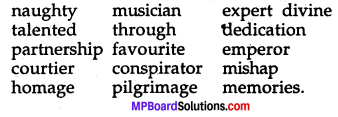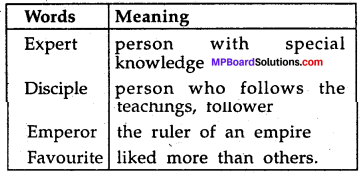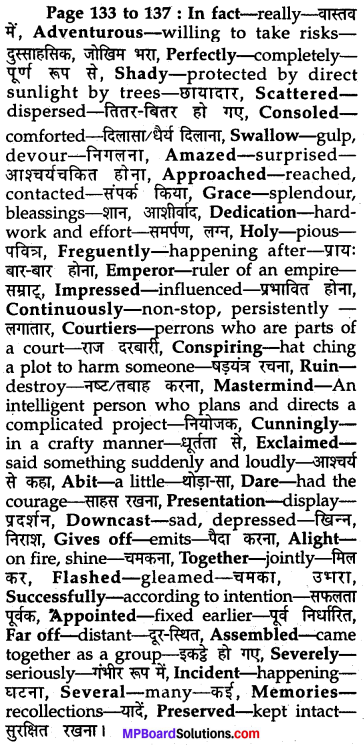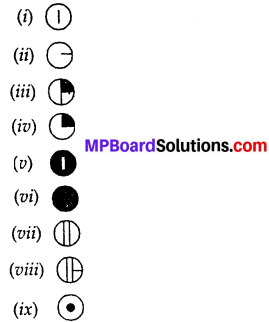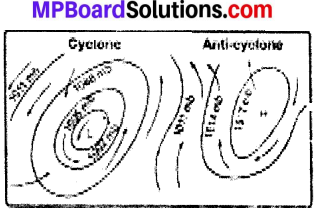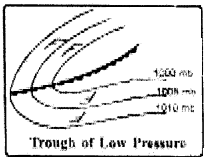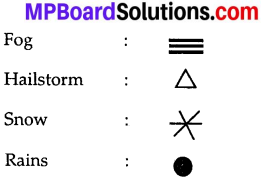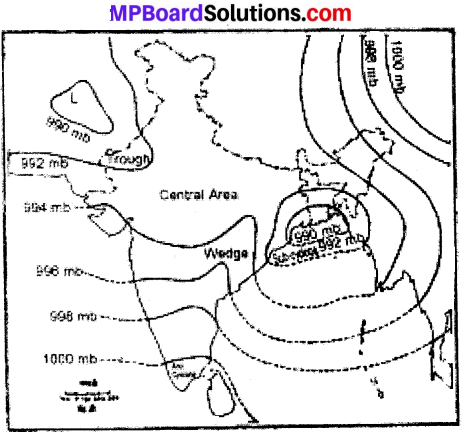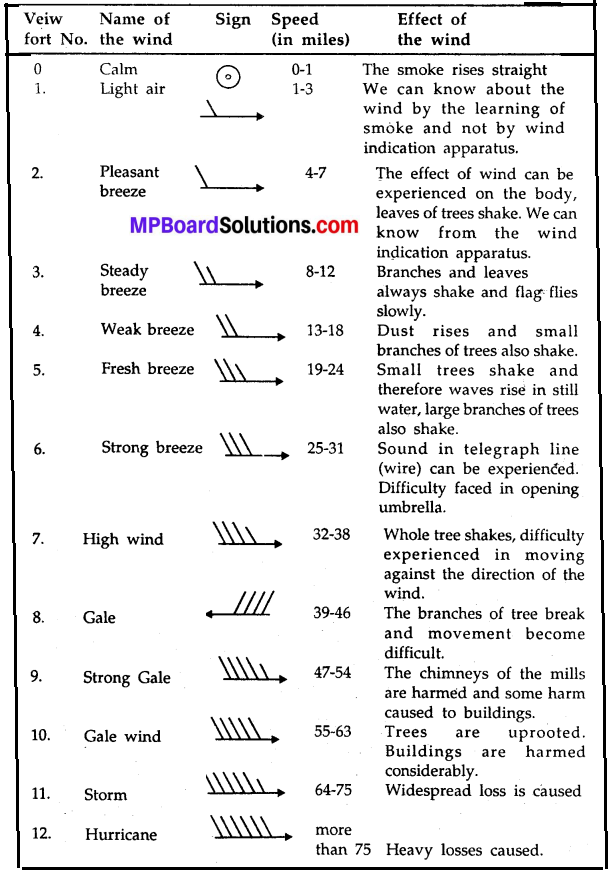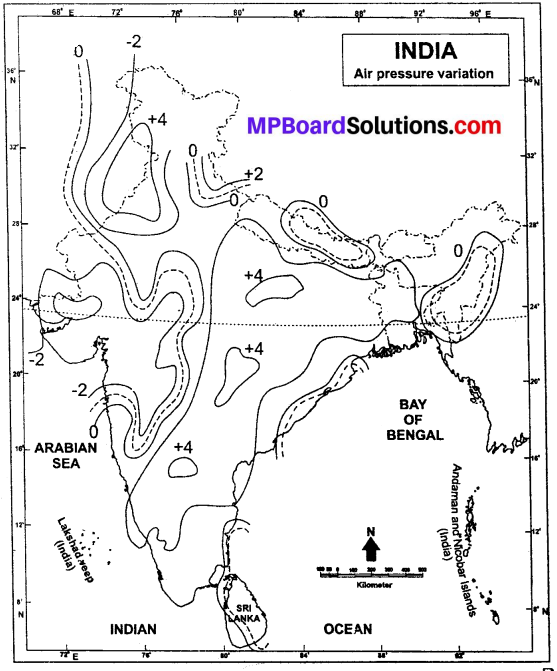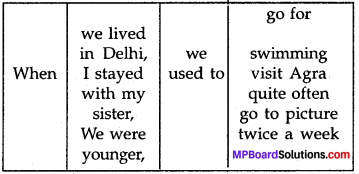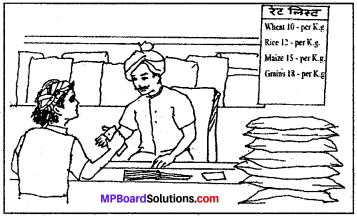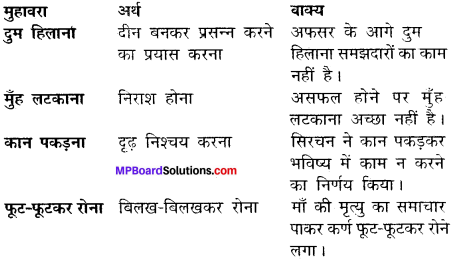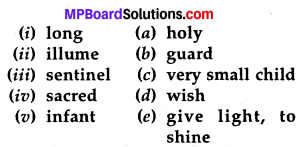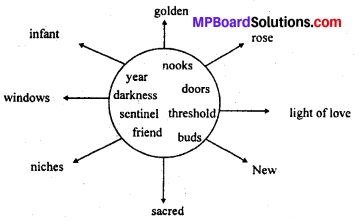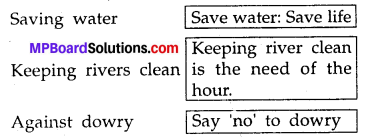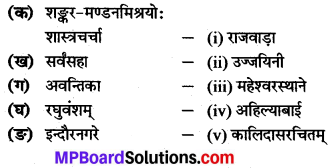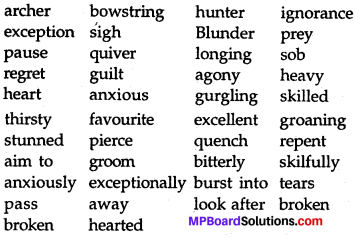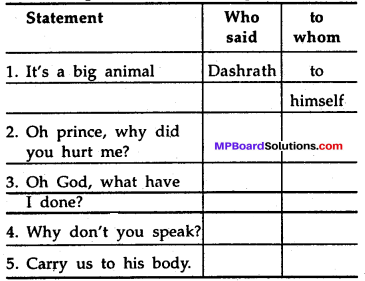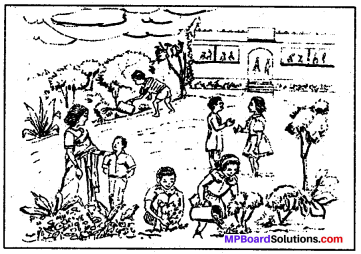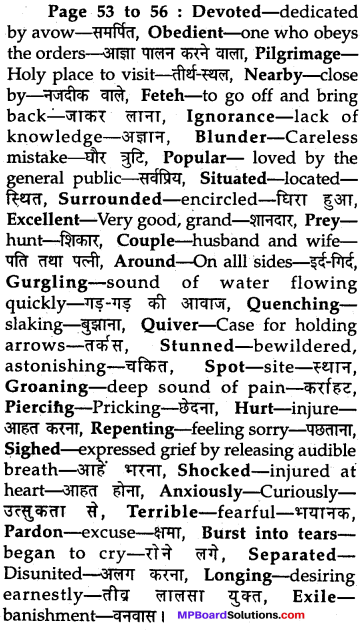Get Updated MP Board Solutions for Class 7 Special English Solutions Chapter 10 Thomas Alva Edison Questions and Answers in PDF Format and download them free of cost. These are provided as per the latest exam pattern and syllabus. Access the topics of Chapter wise and communication skills, grammer part through the direct links available depending on the need. You can Download MP Board Class 7 English Solutions and can score highest grade in examination. Clear all your queries on the Mp Board Solutions for Class 7 English Chapter 10 Thomas Alva Edison Questions and Answers Subject by using the Madhya Pradesh State Board Solutions for existing.
MP Board Class 7th Special English Solutions Chapter 10 Thomas Alva Edison
If you are eager to know about the Madhya Pradesh State Board Solutions for Class 7 English you will find all of them here. You can identify the knowledge gap using these MP Board Solutions for English PDF and plan accordingly. Don’t worry about the accuracy as they are given after extensive research by people having subject knowledge along side from the latest English Syllabus.
Thomas Alva Edison Text Book Exercise
Read and Learn
A. Learn these phrases:
(a lot of time, a large sum of money, in order to, talking machine, turn off)
B. Fill in the blank spaces using the phrases given above in their correct forms:
- Scientists and inventors spend …………. to invent new things.
- Alexander Fleming worked very hard ………… find out penicillin mould.
- General Lefferts offered Edison ………… to buy his new invention.
- The modem gramophone is a type of …………. invented by Thomas Alva Edison.
- Mr. Vajpayi’s house was absolutely dark because all the lights had been ………..
Answer:
- a lot of time
- in order to
- a large sum of money
- talking machine
- turned off.
Comprehension
A. Answer the questions given below: (in not more than three or four sentences each).
Class 7 English Chapter 10 Thomas Alva Edison MP Board Question 1.
What was young Tom doing one day? Why was he doing so?
Answer:
One day young Tom was trying to find out if he could hatch eggs. He had learnt from his father that a duck sits on its eggs and hatches them. Having been much bigger than a duck, he felt sure that he could also sit on duck’s eggs and hatch them.
Mp Board Class 7th English Chapter 10 Question 2.
When did Tom start his experiments?
Answer:
At the age of eight, Tom started his experiments. He had set up his own laboratory by that time.
Thomas Alva Edison Class 7 MP Board Question 3.
Why did young Edison lose many of his jobs?
Answer:
Young Edison spent a lot of time experimenting with a view to finding out new things. But his employers felt that he was wasting his time. They could not tolerate it (at their cost). Therefore he lost many of his jobs.
Mp Board Class 7 English Chapter 10 Question 4.
What was Edison’s first important invention?
Answer:
Edison’s first important invention was a machine for sending messages. In those days only one message could be sent along a wire at a time. Edison’s invention made it possible to send a number of messages at the same time.
Class 7 English Chapter 10 Mp Board Question 5.
How did Edison get the money he needed for starting a laboratory and factory?
Answer:
A pertain General named Lefferts bought Edison’s new machine.
Lesson 10 Thomas Alva Edison MP Board Class 7th Question 6.
What is a talking machine? What is a ‘talkie’?
Answer:
A talking machine is one that can talk. The modem gramophone is simply an improvement on this talking machine. A ‘talkie’ is a talking picture. This is the modern cinema.
Class 7th English Chapter 10 Thomas Alva Edison MP Board Question 7.
Why did the Americans turn off their electric lights for a while when Edison died?
Answer:
Edison had invented the electric light. Therefore, when Edison died, the Americans turned off their electric lights for a while as a mark of respect to the wonderful inventor.
B. Read the following sentences and tick true (T) or (F) false:
- Thomas Alva Edison is the inventor of gramophone and electric bulb. T / F
- Edison was born in England. T / F
- Edison made telegraphy more useful. T / F
- General Lefferts offered 40,000 dollars to buy Edison’s new invention. T / F
- Edison’s most important and useful invention is electric bulb. T / F
- Edison produced the first ’talkie’ or talkings picture in 1915. T / F
Answer:
- True
- False
- True
- True
- True
- False
Word Power
A. Write one word for every clue given below:
- A person who helps somebody assistant
- A person who has invented something ………….
- A thin wire that produces light when the electricity passes through it …………
- Scientific test that is carried out to gain new knowledge ………..
- To a very high degree ……….
- A machine that produces writing similar to print ………..
- The person who gives somebody a job to do for payment ……….
Answer:
- assistant
- Inventor
- Filament
- Experiment
- Extreme
- Typewriter
- Employer.
B. Use the following words in the sentences given below:
(intelligent, experiments, messages, telegraph, operator, respect)
- Edison learnt telegraphy and started working as …………
- We can send ……….. more through telegraph.
- Americans ………… Edison because of his contribution as a scientist.
- Edison’s mother knew that he was very ………….
- Madam Curie did several …………. as a scientist.
Answer:
- telegraph operator
- messages
- respect
- intelligent
- experiments.
Grammar in Use
A. Form nouns ending in ‘-er’ from the verbs in the list given below and give their meanings in the way the example does. You can use a dictionary or ask your teacher.
(speak, suffer, sweep, teach, drive, observe, borrow, employ, build, rule)
Example :
A B C
drive driver One who drives a car motor cycle, scooter etc.
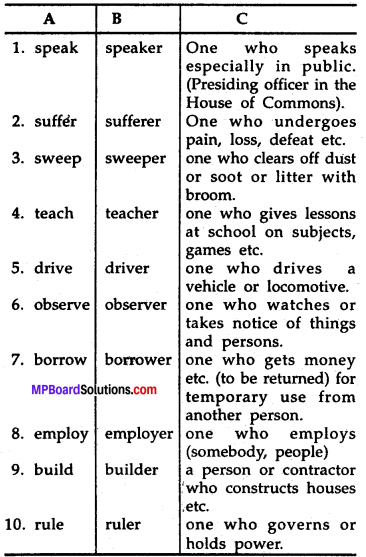
B. Write ten meaningful sentences from this table:
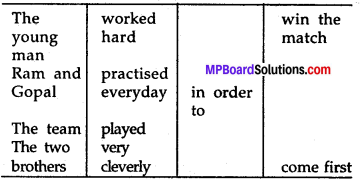
Answer
- The young man worked hard in order to come first.
- Ram and Gopal practised every day in order to win the match.
- The team practised every day in order to, win the match.
- The two brothers worked hard in order to come first.
- Ram and Gopal played very cleverly in order to win the match.
- The team played very cleverly in order to win the match.
- Ram and Gopal worked hard in order to come first.
- The young man played very cleverly in order to win the match.
- The young man practised every day in order to win the match.
- The two brothers played very cleverly in order to win the match.
C. Re-arrange the words in the following sentences and rewrite them to make meaningful sentences:
- jobs / lost / Edison / many /. /
- the / bet / is / what / ? /
- his / life / worked / till / the very end / Edison / hard / of /.
- was / lucky / father / how / your / . /
- surprised / very / am l\l.
Answer
- Edison lost many jobs
- What is the bet?
- Edison worked hard till the very end of his life.
- How lucky was your father!
- I am very surprised.
Let’s Talk
Talk to your partner and say ‘yes’ or ‘no’ and tick the correct option.
- Scientists and inventors have made the greatest contribution to mankind. Yes/No
- Education is not necessary for all. Yes/No
- Telephone was invented by Graham, Bell Yes/No
- Oxygen is not essential for living beings. Yes/No
- We should hurt animals. Yes/No
- Flaying and exercise are not good for health. Yes/No
- We should always try to speak the truth. Yes/No
- Always help your friends and neighbours. Yes/No
Answer:
- Yes
- No
- Yes
- No
- No.
- No.
- Yes
- Yes
Let’s Write
Write a paragraph on
1. Electric bulb
2. Gramophone
Answer:
1. Electric Bulb
Electricity has caused wonders. The electric bulb was the most important and useful invention. Edison worked for about two years before he invented the first electric bulb. He used the best material and made the filament. The first electric bulb was produced in 1879. Electric bulbs provide electric lights to us. It is economical than most other burning oils. It gives bright light and illumines large space.
Thomas Alva Edison Question Answer MP Board Class 7th 2. Gramophone
Edison invented the first talking machine. It looked very funny. However, it could talk. It was a new machine. The modern gramophone or record player is an improvement on the talking machine. The present day telephones and wireless sets are also talking machines. We can play the records on the gramophone of our choice and hear songs. The modem cinema is called a talkie due to the same.
Let’s Do It
Take a cotton pad. Soak it in water and put some gram seeds on it. Watch the seeds bud out in a day or two. You will have to wet the cotton pad every day. Record what you observe everyday for five days.
Answer:
Class-room Activity
Thomas Alva Edison Word Meanings
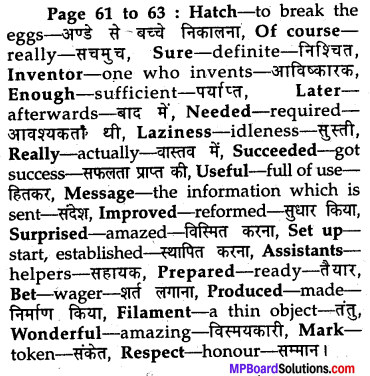
We believe the information shared regarding MP Board Solutions for Class 7 English Chapter 10 Thomas Alva Edison Questions and Answers as far as our knowledge is concerned is true and reliable. In case of any queries or suggestions do leave us your feedback and our team will guide you at soonest possibility. Bookmark our site to avail latest updates on several state board Solutions at your fingertips.
